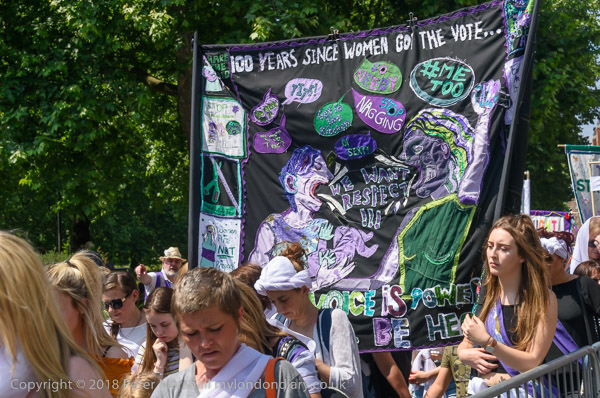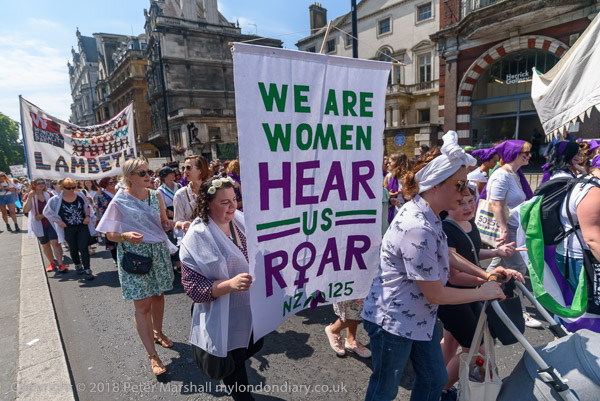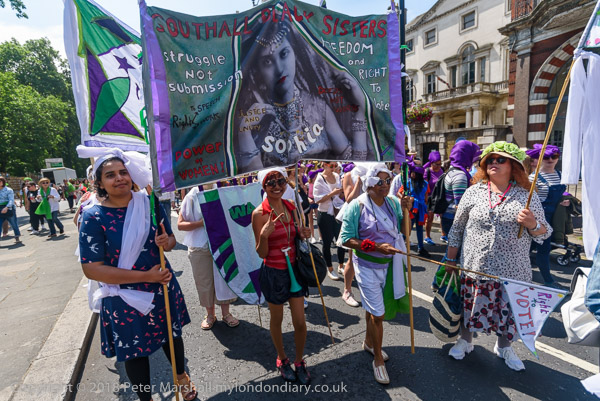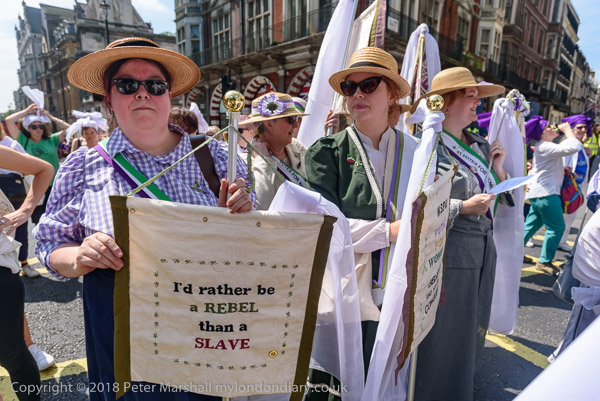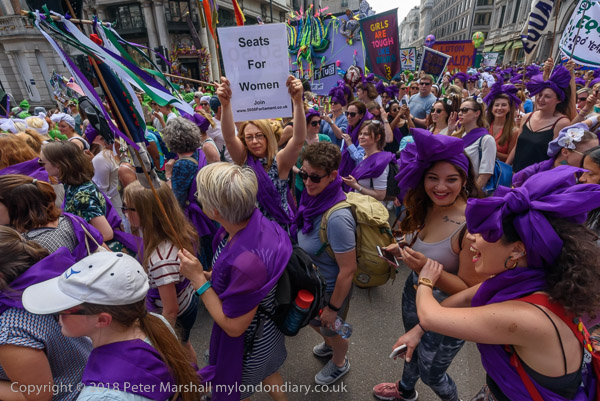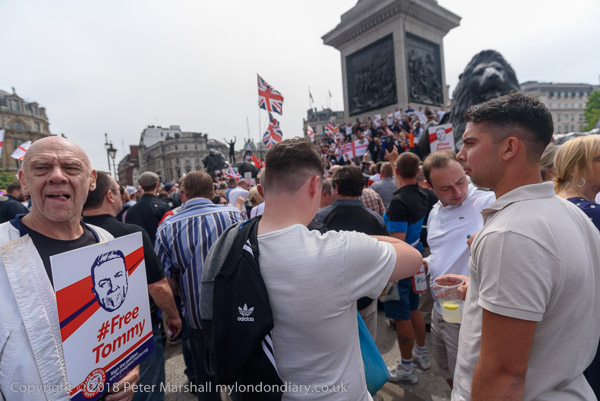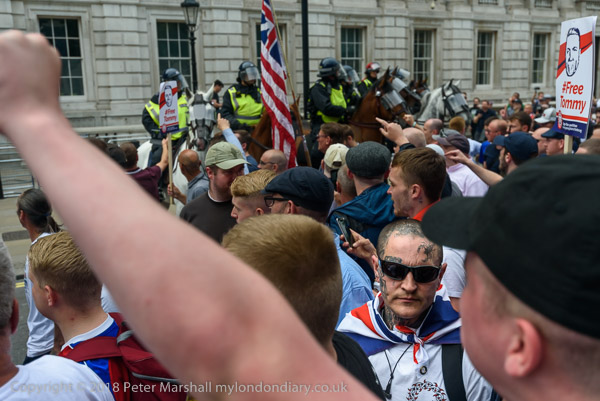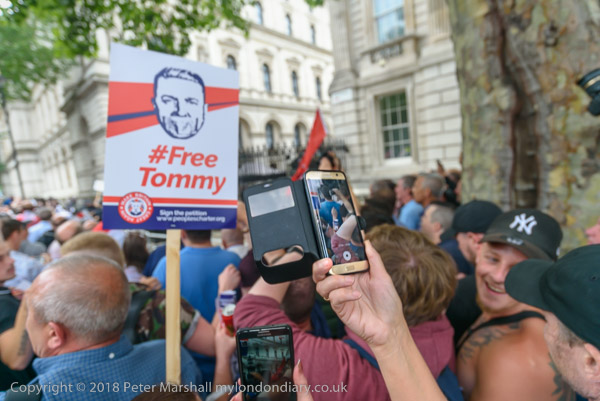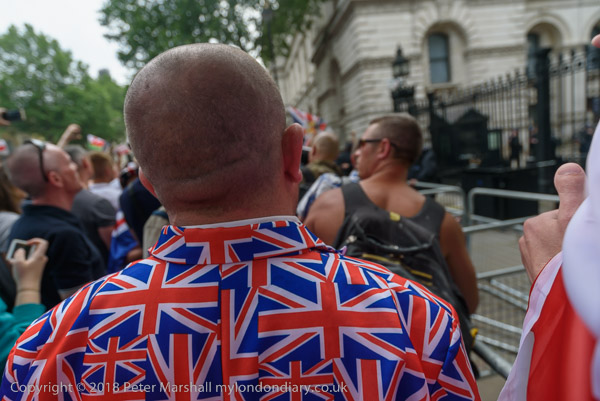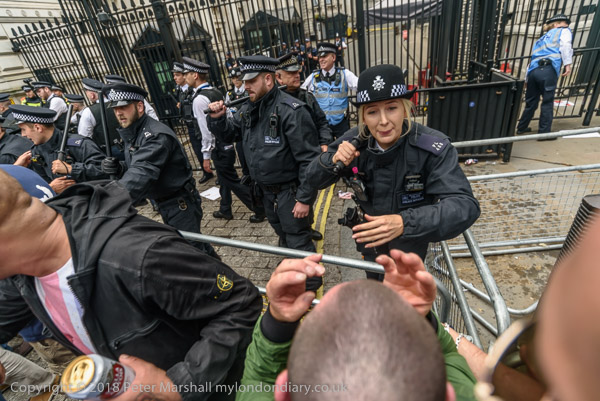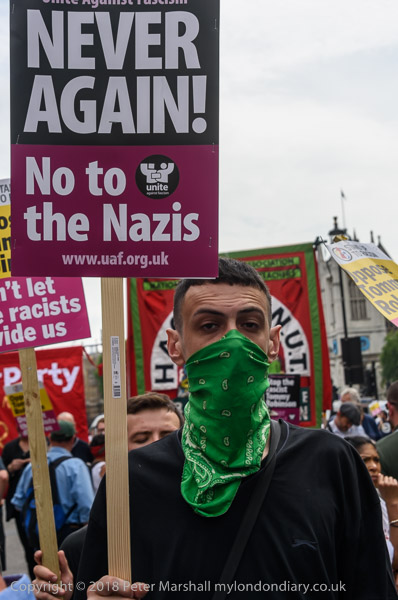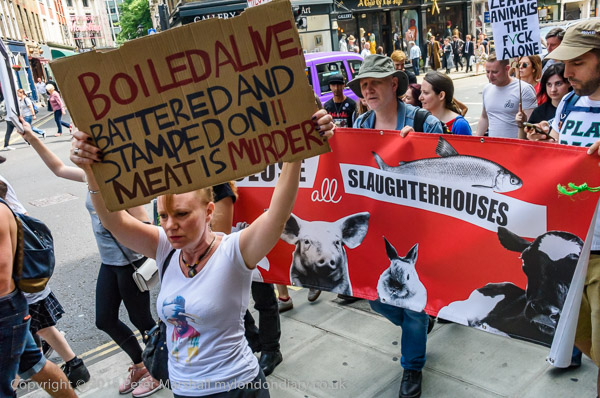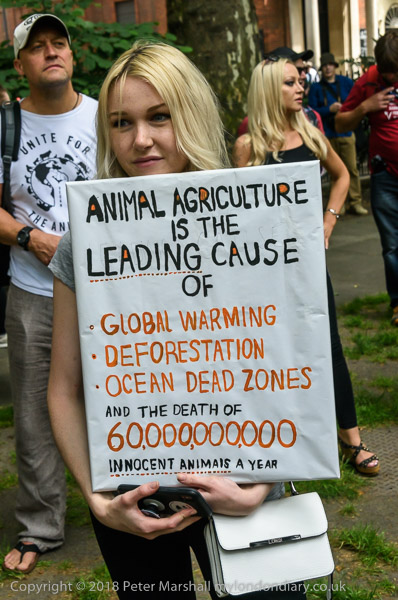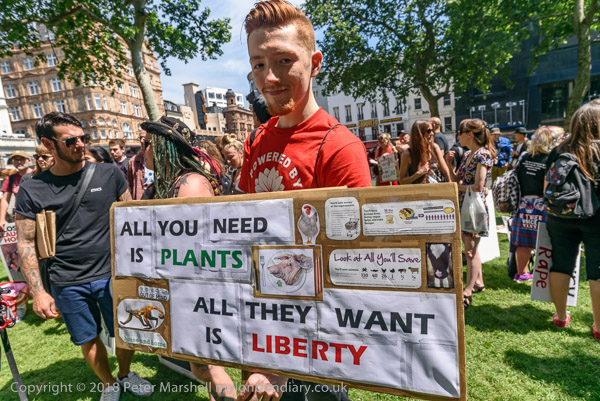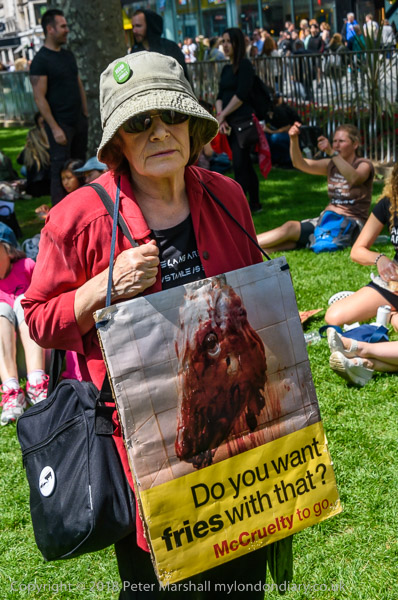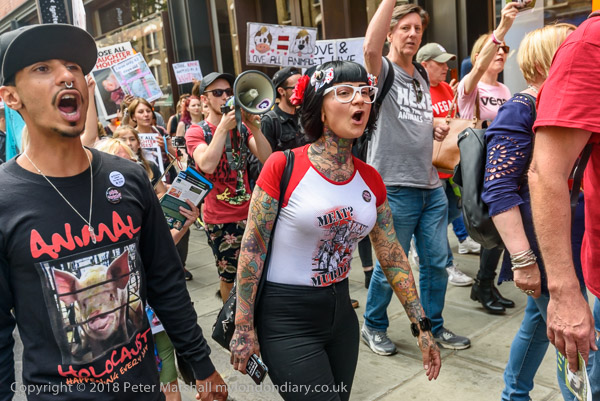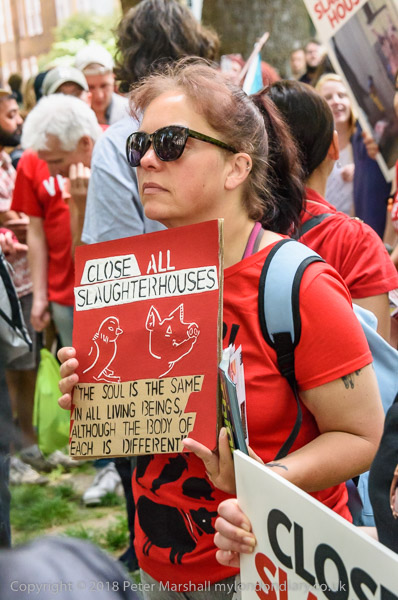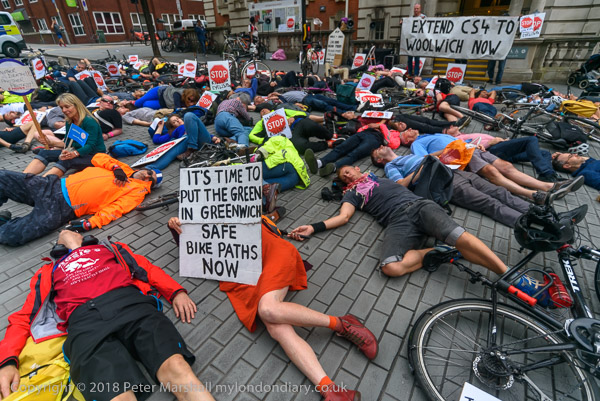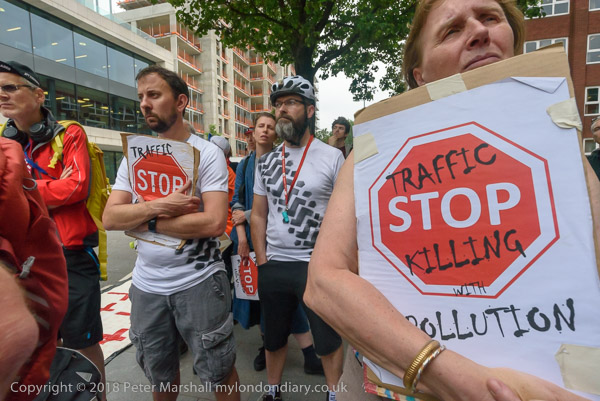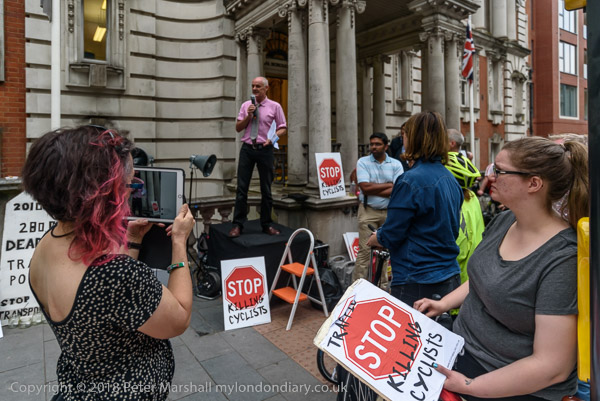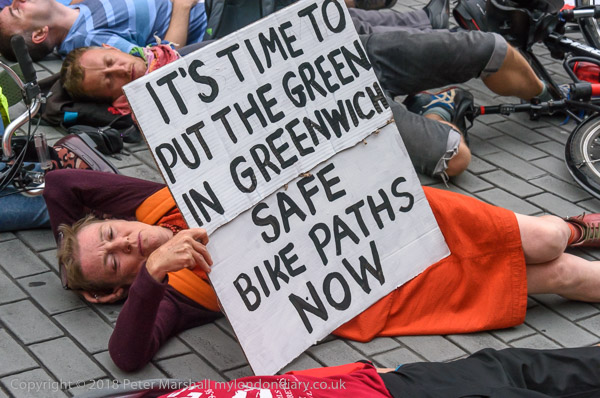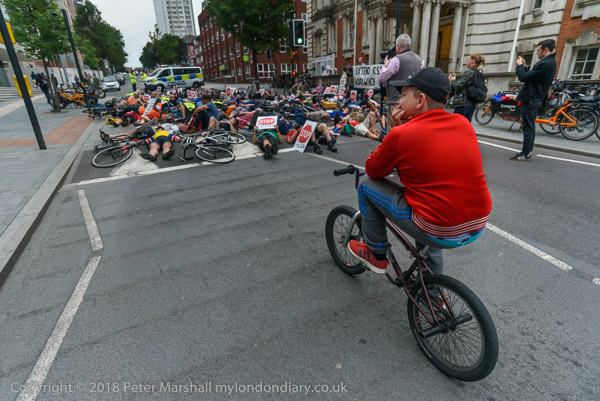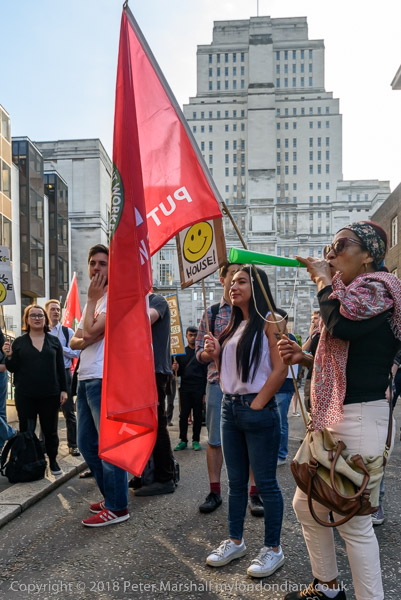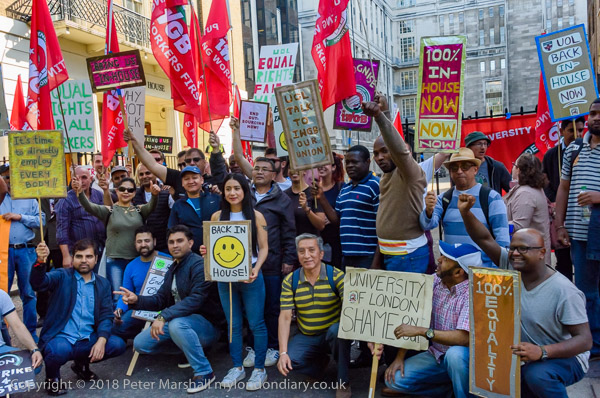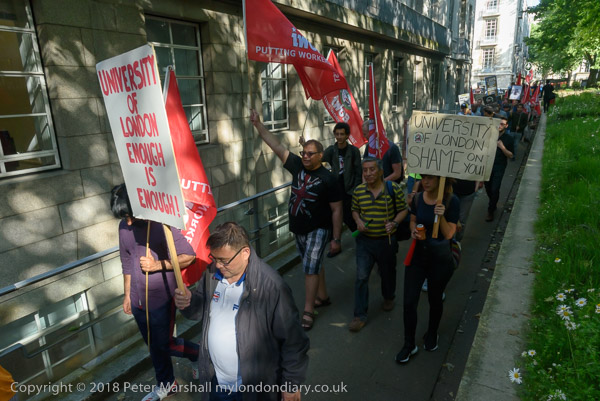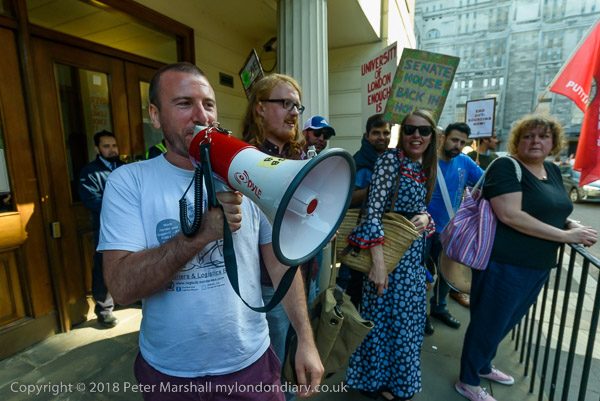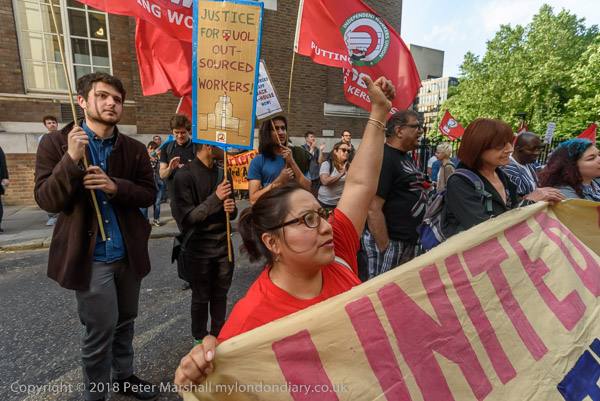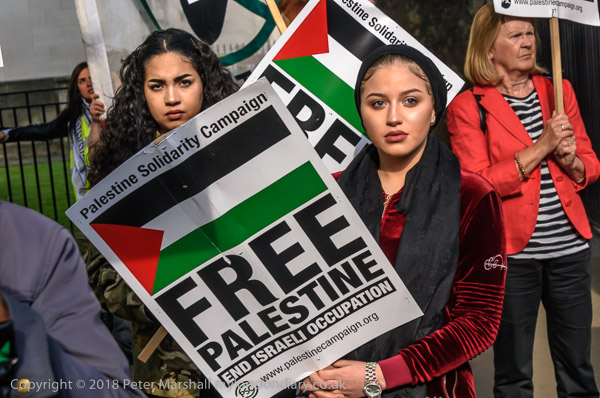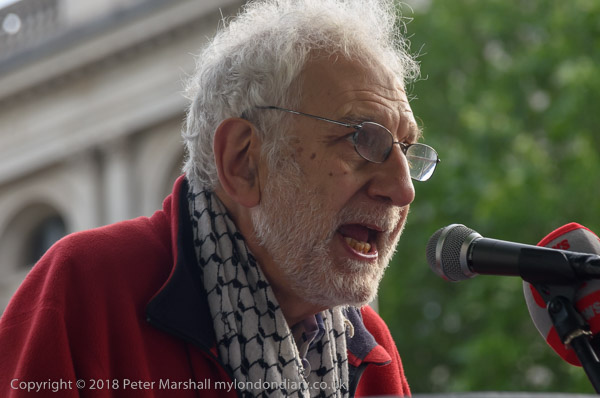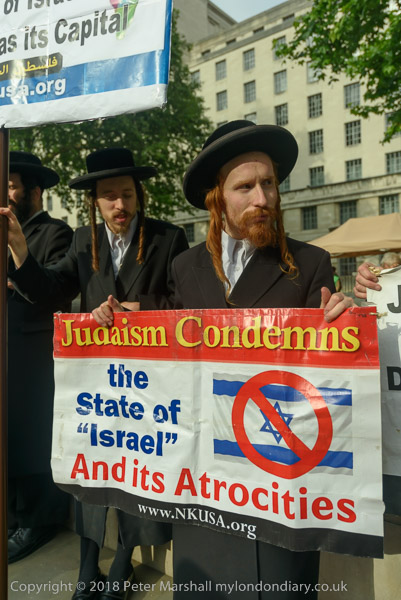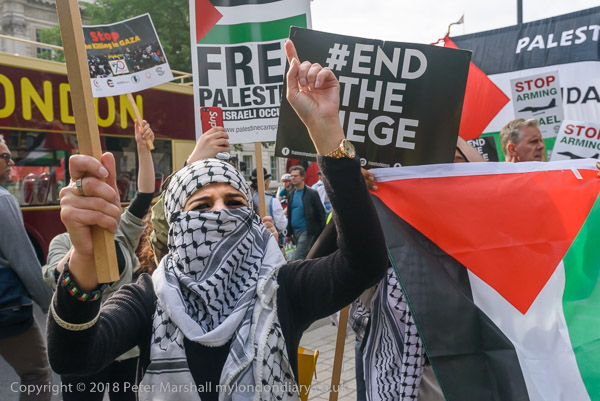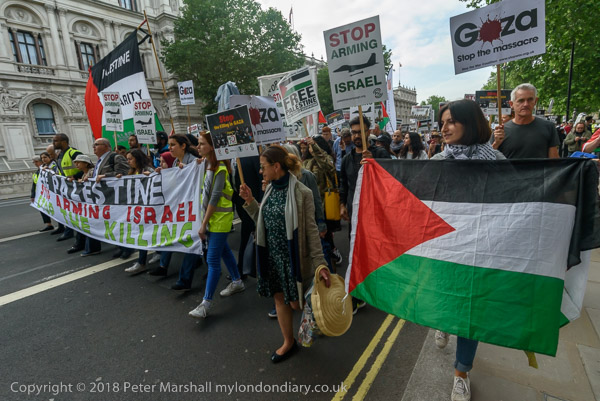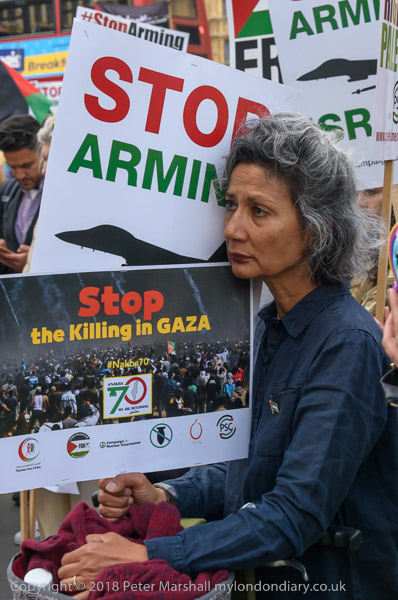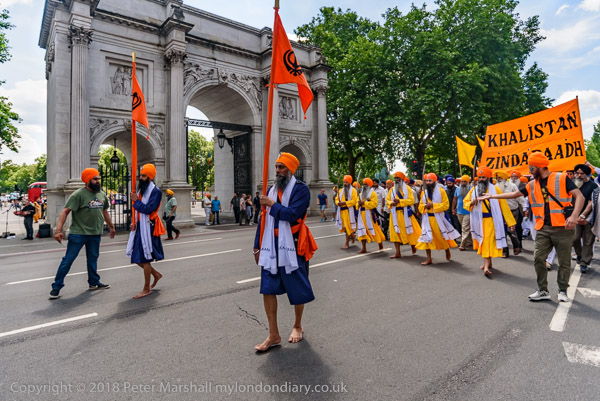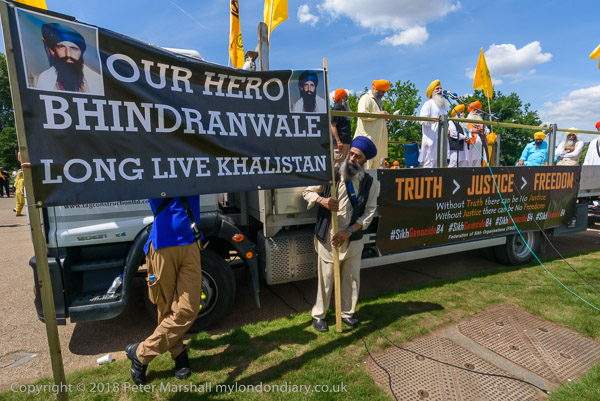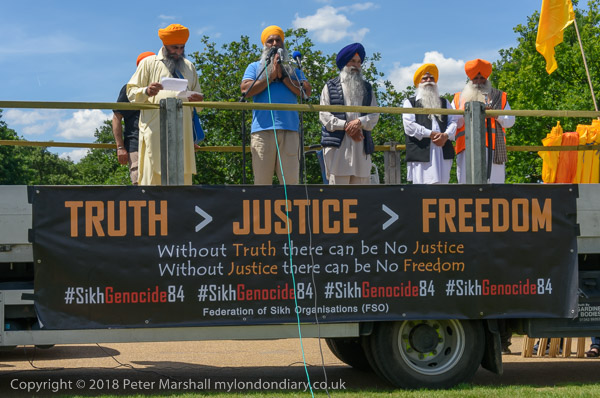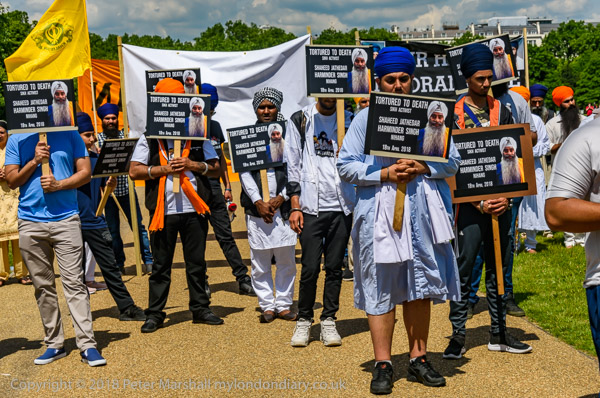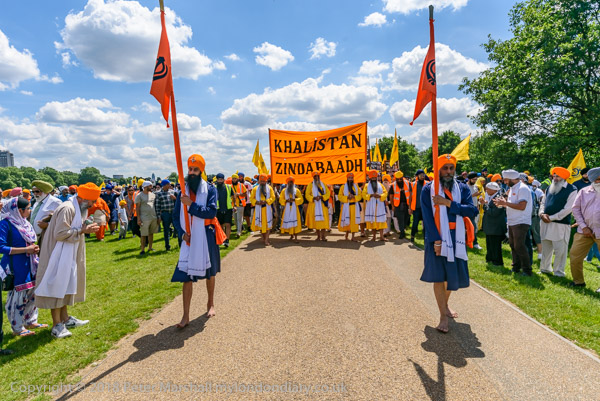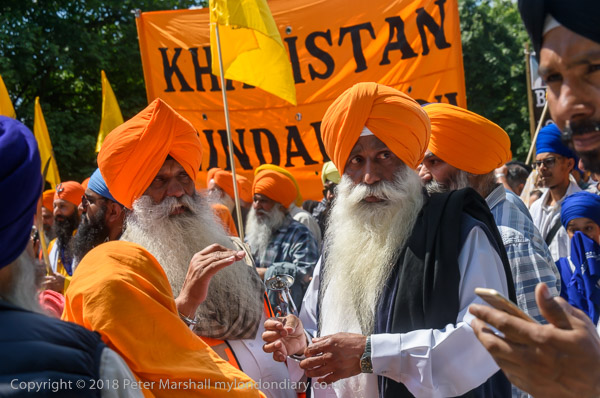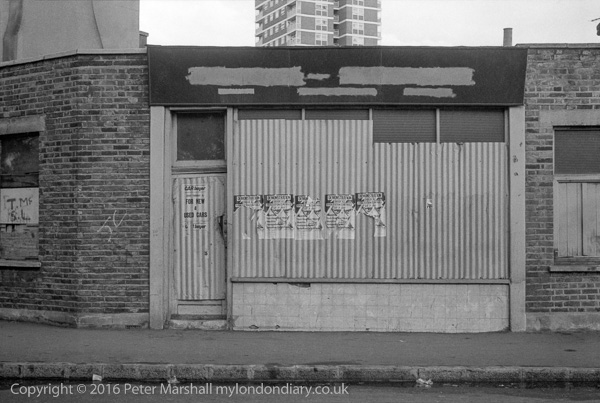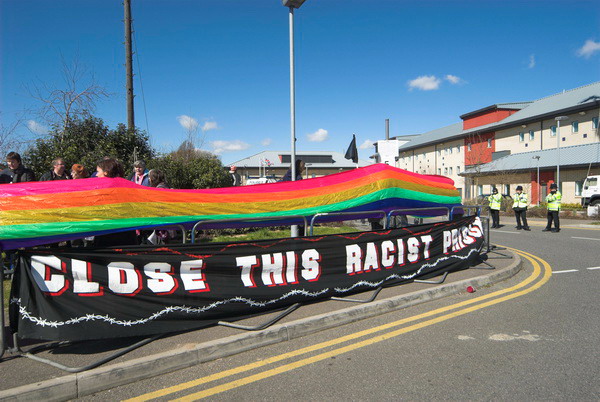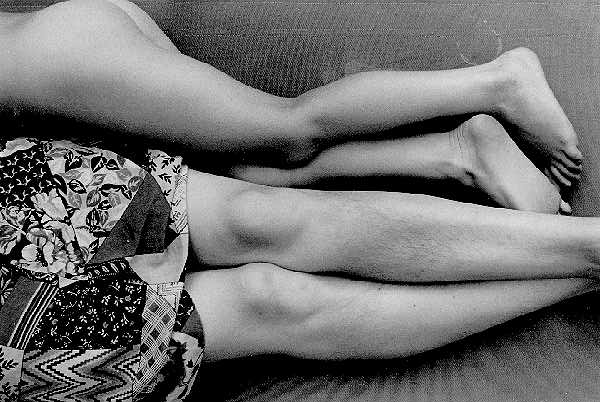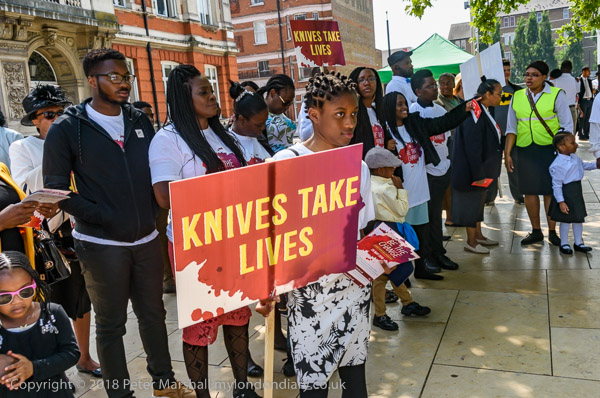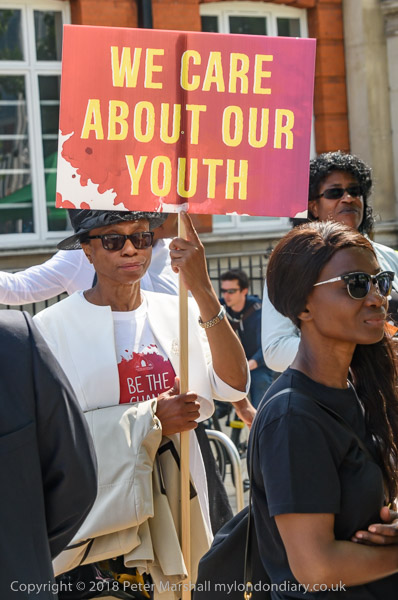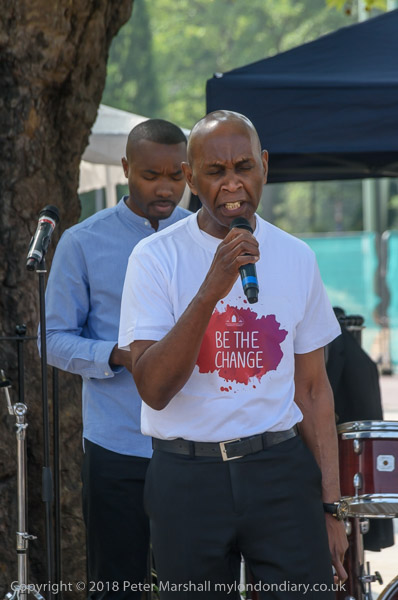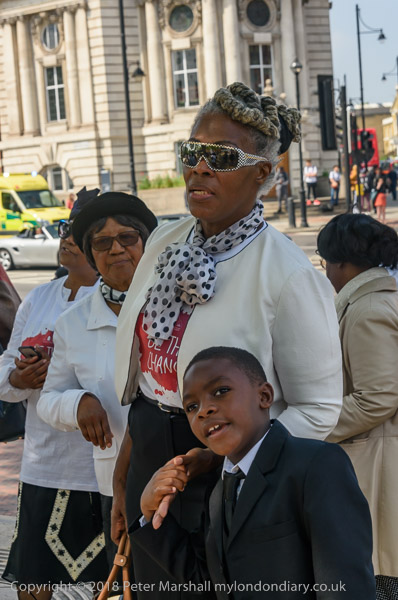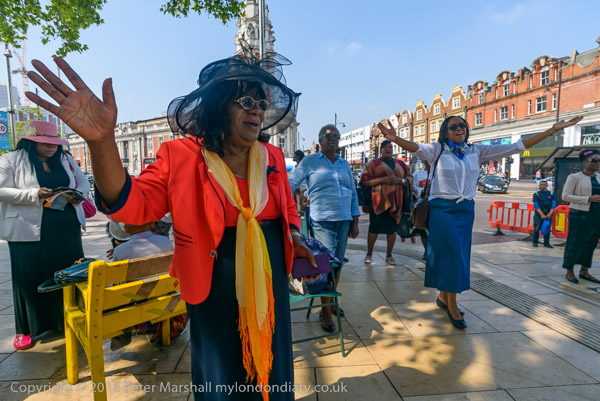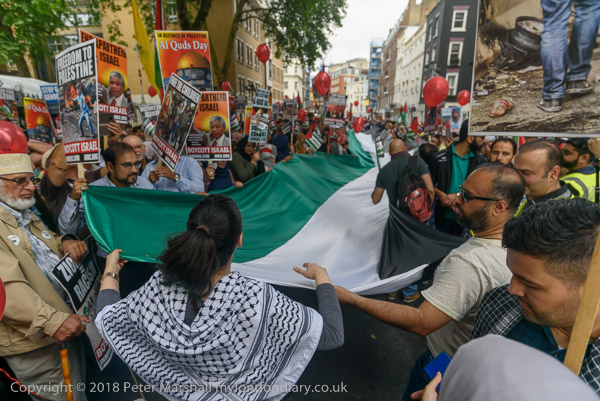
Al Quds Day in London has long aroused opposition. Al Quds (Jerusalem) Day was inaugurated by the leader of the 1979 Iranian Revolution and founder of its Islamic republic Ayatollah Khomeini. The Shia religious leader and his successors have many opponents, and the Iranian regime has brutally oppressed all opposition, imprisoning, torturing and hanging many over the years. Allegations have been made that this event in London and some groups supporting it are funded by Iran. Organisations supporting it include 5Pillars, Ahl-al-Bait Society, Ahlulbayt Islamic Mission, Balfour Declaration Centenary Campaign, Campaign Against Criminalising Communities, Football Against Apartheid, Hastings PSC, InMinds, Jews for Boycotting Israeli Goods, Lebanese Community in Scotland, Neturei Karta UK, Palestine Democratic Forum, Scottish Forum for Middle East and North Africa and the Scottish Palestine Solidarity Campaign, as well as a number of mosques throughout the UK.
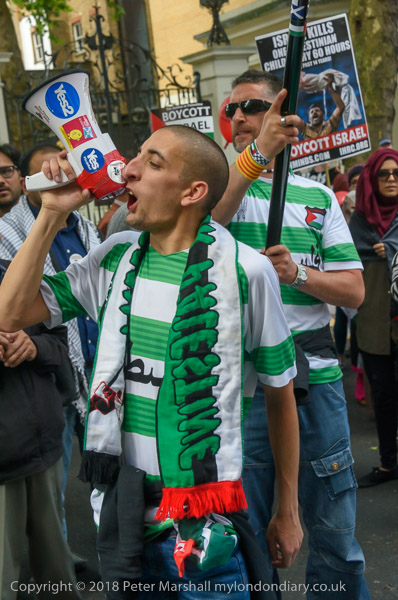
Al Quds Day calls for the freedom of the oppressed everywhere (except in Iran) but particularly in Jerusalem and Palestine, and the most numerous and persistent of those who oppose the march are Zionists and other supporters of Israel, who include some right-wing Christian groups. Some just hold counter-protests, while others try to physically attack the march, standing or sitting on the road to prevent its movement and insulting those taking part. Sometimes things are thrown at the marchers who include many with young children.
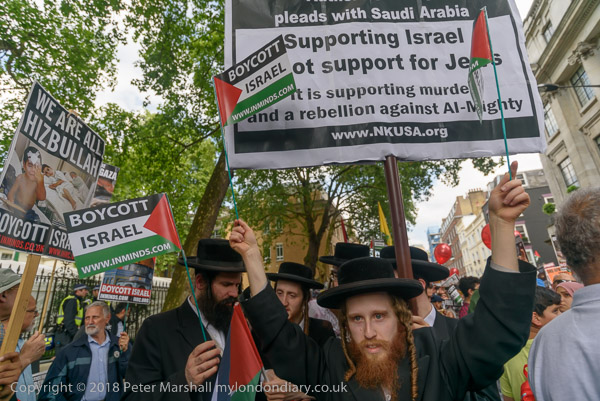
Those who oppose it call it anti-semitic, though the organisers go to great lengths to explain they are not against Jews, but against Israeli government and the occupation of Palestine. Though the marchers are predominantly Muslim, they always include a significant number of Jews opposed to the occupation of Palestine, and at the front of the march alongside the Imams are a group of ultra-orthodox Jews who support the Palestinian cause, arguing that the idea of a Jewish state goes against their religion.
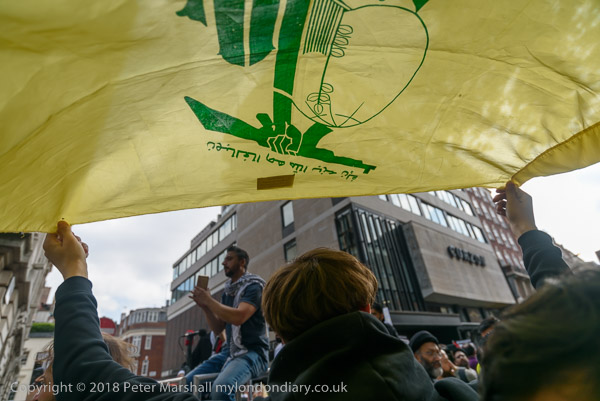
At least in recent years when I have photographed the event, the march organisers have been careful to ensure there are no anti-Semitic posters or placards on the march, and that any Hezbollah flags which may be present are in support of the political party which is a part of the Lebanese parliament, and not of the banned military wing. There were relatively few of them, a handful in a march of well over a thousand, and few pictures of the Ayatollah.
The event does call for freedom for Palestine, and condemns violence against Palestinians by the Israeli state and the increasing takeover of Palestinian land by Israel. It points out the different treatment of Palestinians, calling Israel an Apartheid state because of the different laws and their application, different roads etc., a charge made even more clear by the recent Jewish nationality law, and it supports the Boycott, Divestment, Sanctions (BDS) movement which works to end international support for Israel’s oppression of Palestinians and pressure Israel to comply with international law.
The event started with a static protest at the rear of the Saudi Arabian embassy in Mayfair, and was against the demonisation campaign led by the Israeli government and the ongoing murders by Israeli troops of innocent Palestinian protestors in the Gaza Strip commemorating 70 years since Israel was formed on expropriated Palestinian land.
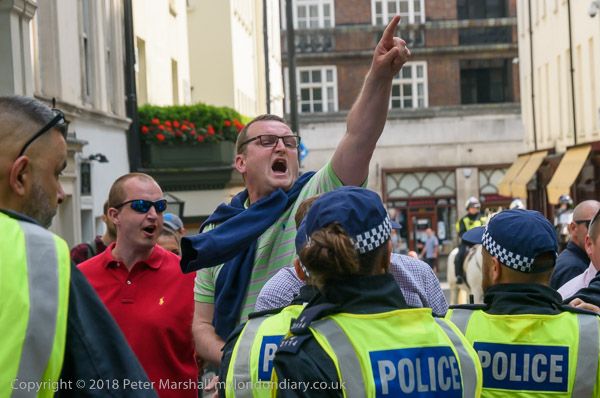
The usual Zionists who attack the procession were joined by football hooligans who had been at the ‘Free Tommy’ rally the previous day, but a huge police operation kept most of the far away from the rally. A short distance along the street was a more orderly protest by the Zionist Federation, staying behind its barriers and watched by police between the two groups.
I had to leave after a couple of hours and before the rally ended with a march to Westminster, which apparently saw further attempts at disruption by Zionists and football hooligans which were quickly stopped by police. The Al Quds day event itself is attended by many families and resists provocations.
Al Quds (Jerusalem) Day
Zionists protest against AlQuds Day
______________________________________________________
There are no adverts on this site and it receives no sponsorship, and I like to keep it that way. But it does take a considerable amount of my time and thought, and if you enjoy reading it, a small donation – perhaps the cost of a beer – would be appreciated.
My London Diary : London Photos : Hull : River Lea/Lee Valley : London’s Industrial Heritage
All photographs on this and my other sites, unless otherwise stated, are taken by and copyright of Peter Marshall, and are available for reproduction or can be bought as prints.
To order prints or reproduce images
________________________________________________________
